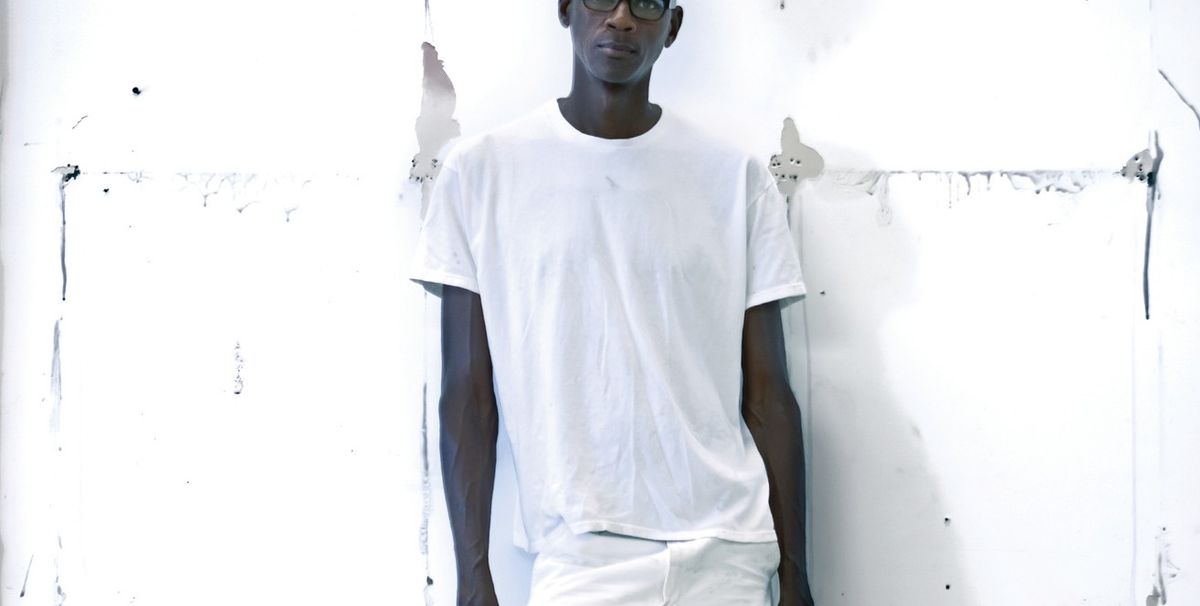The Los Angeles-based painter Mark Bradford will launch a community-based programme during the 57th Venice Biennale this summer for Italian prisoners, enabling both male and female offenders to re-enter society.
According to Artforum, Bradford’s socially engaged project will coincide with the artist’s presentation at the US pavilion (Tomorrow is another Day; 13 May-26 September)—organised by the Baltimore Museum of Art and the Rose Art Museum at Brandeis University—which will include new works. The Process Collettivo scheme involves setting up a shop in the central Frari district where the prisoners will make and sell products. The six-year initiative, which opens to the public in April, will be run in partnership with Rio Terà dei Pensieri, a local cooperative dedicated to finding employment for people serving prison sentences.
Later this year, Bradford will unveil eight, large-scale site-specific paintings at the Hirshhorn Museum and Sculpture Garden in Washington, DC (8 November-12 November 2018). The circular fresco of works, based on Paul Philippoteaux’s 1883 cyclorama depicting the final charge of the Battle of Gettysburg, will go on show in the museum’s Inner Circle galleries.
Meanwhile, the Paris-based artist Xavier Veilhan says that his presentation in the French pavilion at the biennale (13 May-26 November) will take the form “of a beautiful recording studio that harks back to the 1970s. But parts of it will look like it’s been crushed in an earthquake”. The work, titled Studio Venezia, “will be a functional recording studio that invites musicians to come and work on new music material”, Veilhan says.
The curators of the French pavilion are the Swiss-American artist Christian Marclay and the Swiss-born art critic Lionel Bovier, who is also the director of Mamco (Musée d’art Moderne et Contemporain) in Geneva. Veilhan, who is known for his Architectones installations sited in famous Modernist buildings and a gargantuan stainless steel sculpture of Le Corbusier (2013), plans to tour the Venice project to other cities around the world. The venues are still to be confirmed.
Attracting visitors who may not usually attend art exhibitions is key, Veilhan says. He adds: “I want to open up the pavilion to a wider audience by investing in the field of music. I want people to be taken by surprise by these moments of raw creation. I want to play with their expectations.”


